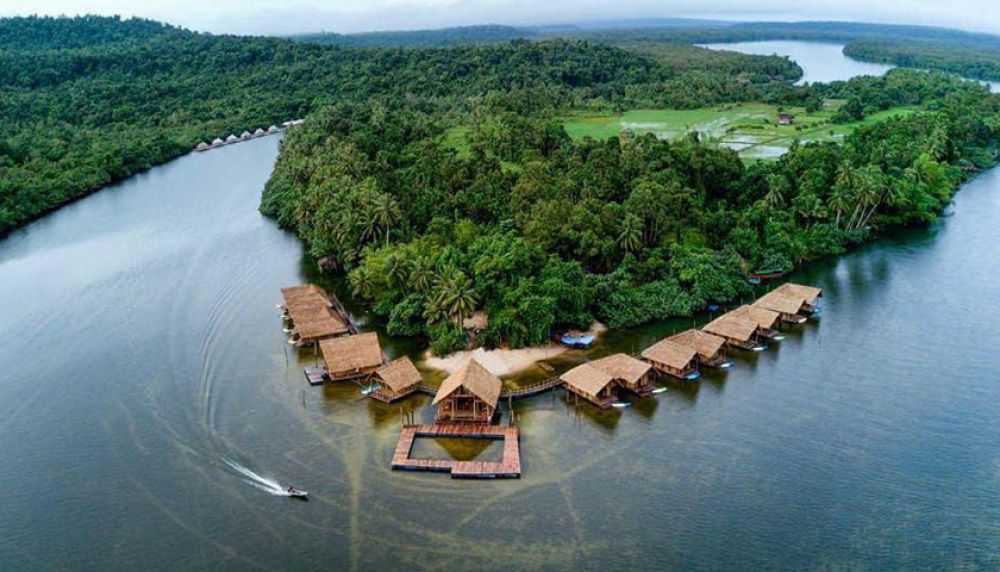

The Ta Tai River is a serene waterway situated in the lush landscapes of Koh Kong Province, a hidden gem in southwestern Cambodia. This tranquil river flows through the Cardamom Mountains, offering travelers a unique blend of pristine natural beauty and cultural allure. The untouched scenery and the opportunity for eco-friendly adventures are what make Ta Tai River an emerging hotspot for those who seek off-the-beaten-path experiences.
Once a remote and hard-to-access region, Koh Kong has gradually unveiled its splendor to intrepid travelers over the past few decades. In the late 20th century, as Cambodia opened up after years of conflict, tourism began to develop slowly. With improved infrastructure and stability, visitors started to discover Koh Kong’s coastal areas, and gradually its inland attractions like Ta Tai River.
The concept of eco-tourism has played a significant part in shaping the tourist offerings around Ta Tai River. Recognizing the potential of eco-tourism to promote sustainability and provide economic opportunities, new lodges and tours started to emerge. They focused on nature-based activities that encourage environmental responsibility, such as bird watching, kayaking, and guided jungle treks.
In recent years, a notable shift has occurred as travelers increasingly seek authentic and sustainable travel experiences. Ta Tai River and its surrounding region have witnessed a rise in demand for accommodations that offer a connection with nature, such as floating bungalows and eco-lodges. Tour operators have also expanded their offerings to include community-based tours, where visitors can engage with local communities and learn about traditional Cambodian livelihoods.
Today, Ta Tai River is not only seen as a retreat for nature lovers but also as a bastion for conservation efforts, which are vital for preserving this unique environment. With initiatives that focus on protecting wildlife and reducing the impact of human activities, the region demonstrates a model for sustainable tourism.
Like many destinations, Ta Tai River faces challenges, including the delicate balance between development and conservation. There needs to be constant vigilance to prevent over-tourism and ensure the maintenance of natural habitats. Concurrently, there’s an opportunity to promote further awareness and support for eco-friendly practices in tourism.
In conclusion, the history of tourism along the Ta Tai River reflects a journey from obscurity to a promising future that embraces sustainable practices. For travelers craving serenity, connection, and a sense of discovery, Ta Tai River continues to be a destination worth exploring, all while contributing to the longevity and health of Cambodia's natural treasures.